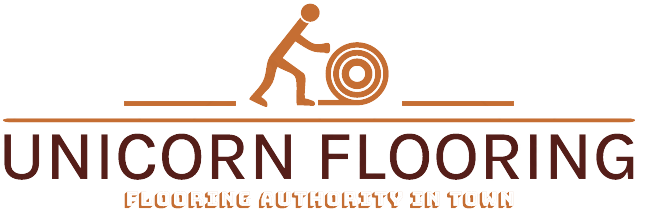Warehouse Flooring in Pakistan
Warehouses are the backbone of Pakistan’s supply chain — from textile hubs in Karachi and Faisalabad to logistics centers near Islamabad and Lahore. The right flooring is more than just a surface: it protects goods, supports heavy machinery, improves safety, reduces maintenance costs, and even impacts long-term operational efficiency.
In this comprehensive guide we’ll cover everything you need to know about warehouse flooring in Pakistan — common flooring types, how to choose the best solution for your facility, installation and maintenance best practices, local challenges to consider, cost drivers, common problems and fixes, health and safety regulations, environmental considerations, and a short FAQ to answer the questions most owners ask.
Why Warehouse Flooring Matters?
Warehouse floors take constant abuse: heavy forklifts, pallet jacks, concentrated point loads, foot traffic, spilled chemicals, and repeated cleaning. A poor flooring choice leads to:
- Cracks and spalling that create safety hazards and damage goods.
- Frequent, costly repairs and downtime.
- Higher dust levels that degrade inventory and machinery.
- Reduced load-bearing capacity and uneven surfaces that damage equipment.
A well-chosen floor increases uptime, protects inventory, improves worker safety, and lowers lifetime costs. For Pakistani warehouses — which often face additional environmental stresses like high temperatures, dust, and occasional humidity — the right floor is strategic rather than cosmetic.
Common Warehouse Flooring Systems
Here are the most widely used options for warehouses, with pros and cons that matter in Pakistan.
1. Plain/Trowelled Concrete (with proper subgrade)
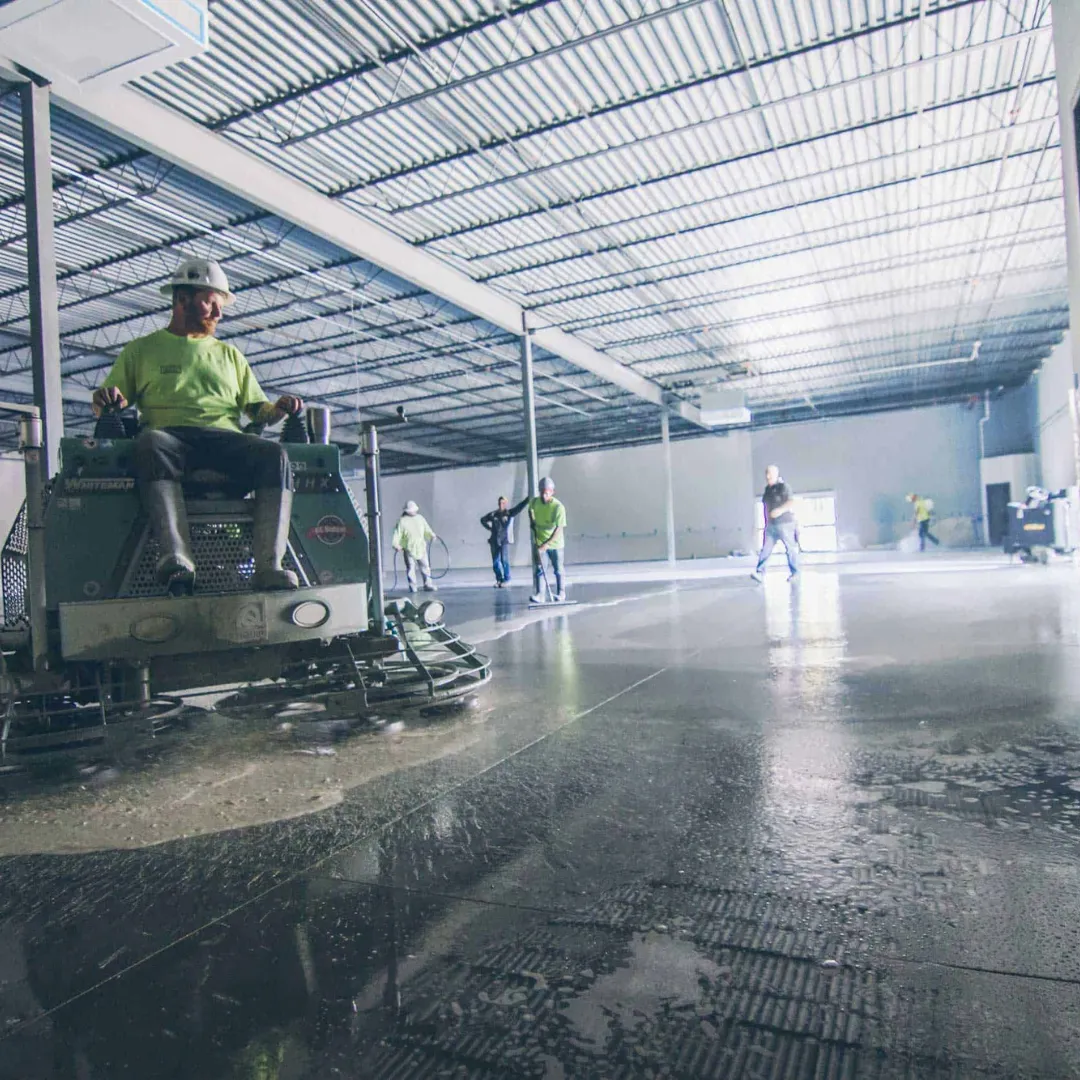
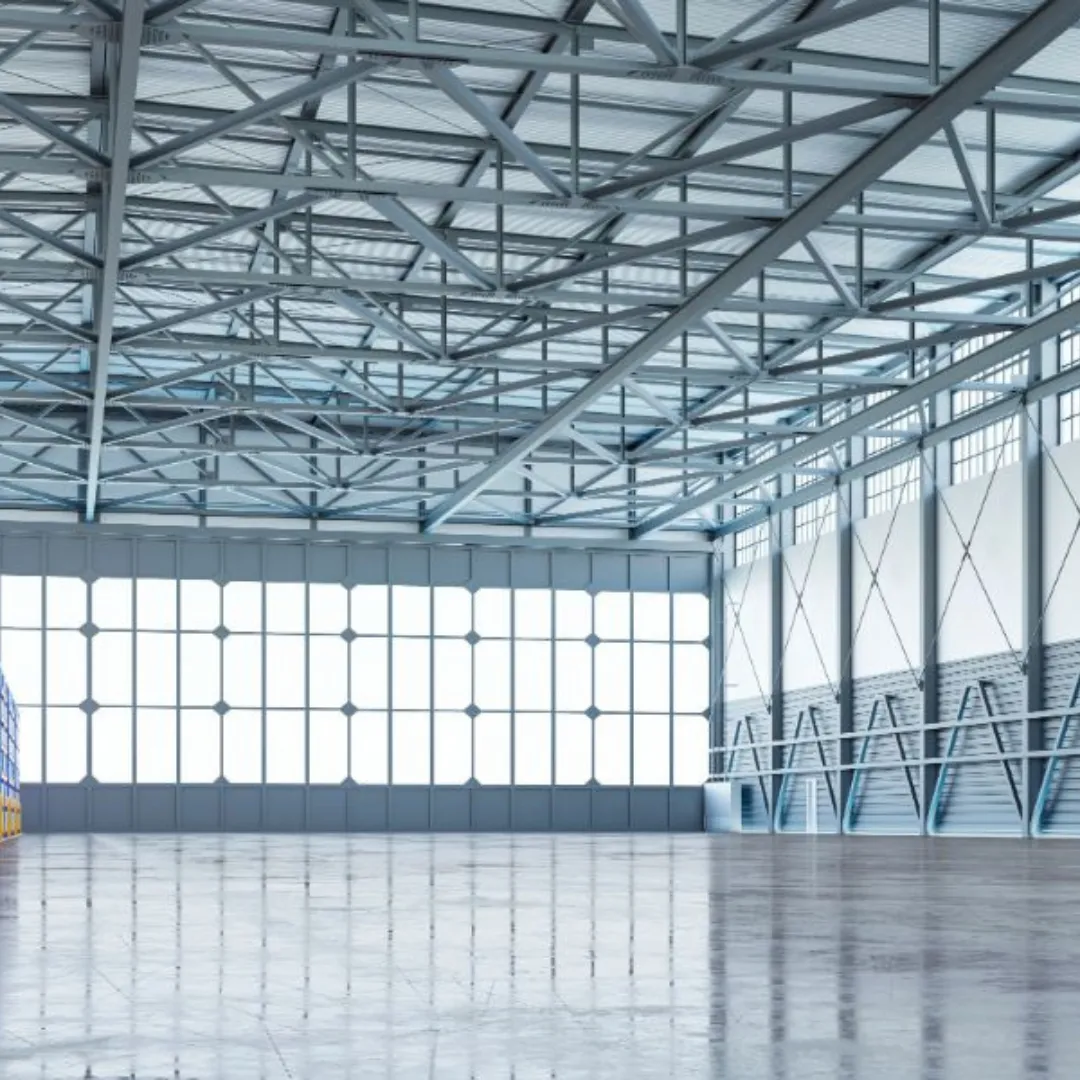
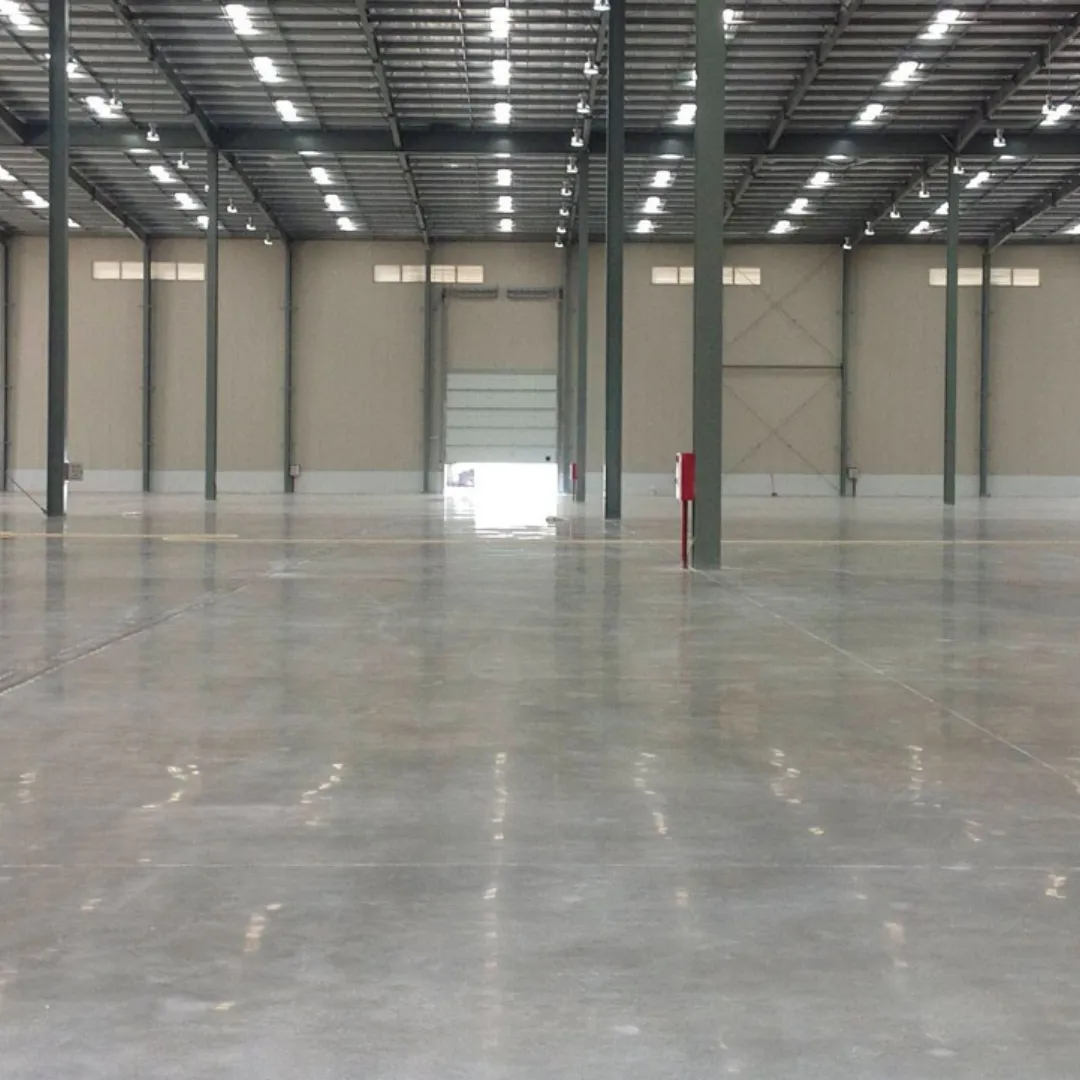
Overview
The most common and cost-effective base for warehouses. When engineered and placed correctly, concrete provides a durable foundation.
Pros
- Low initial cost compared to specialized systems.
- Good compressive strength for heavy loads.
- Long-lasting when jointed and cured properly.
Cons
- Prone to dusting and surface wear if not sealed or cured.
- Joints and cracks require maintenance.
- Not resistant to chemical spills unless treated.
Use Where
Budget is tight, loads are heavy, and you plan to add protective coatings or toppings.
2. Epoxy floor coatings
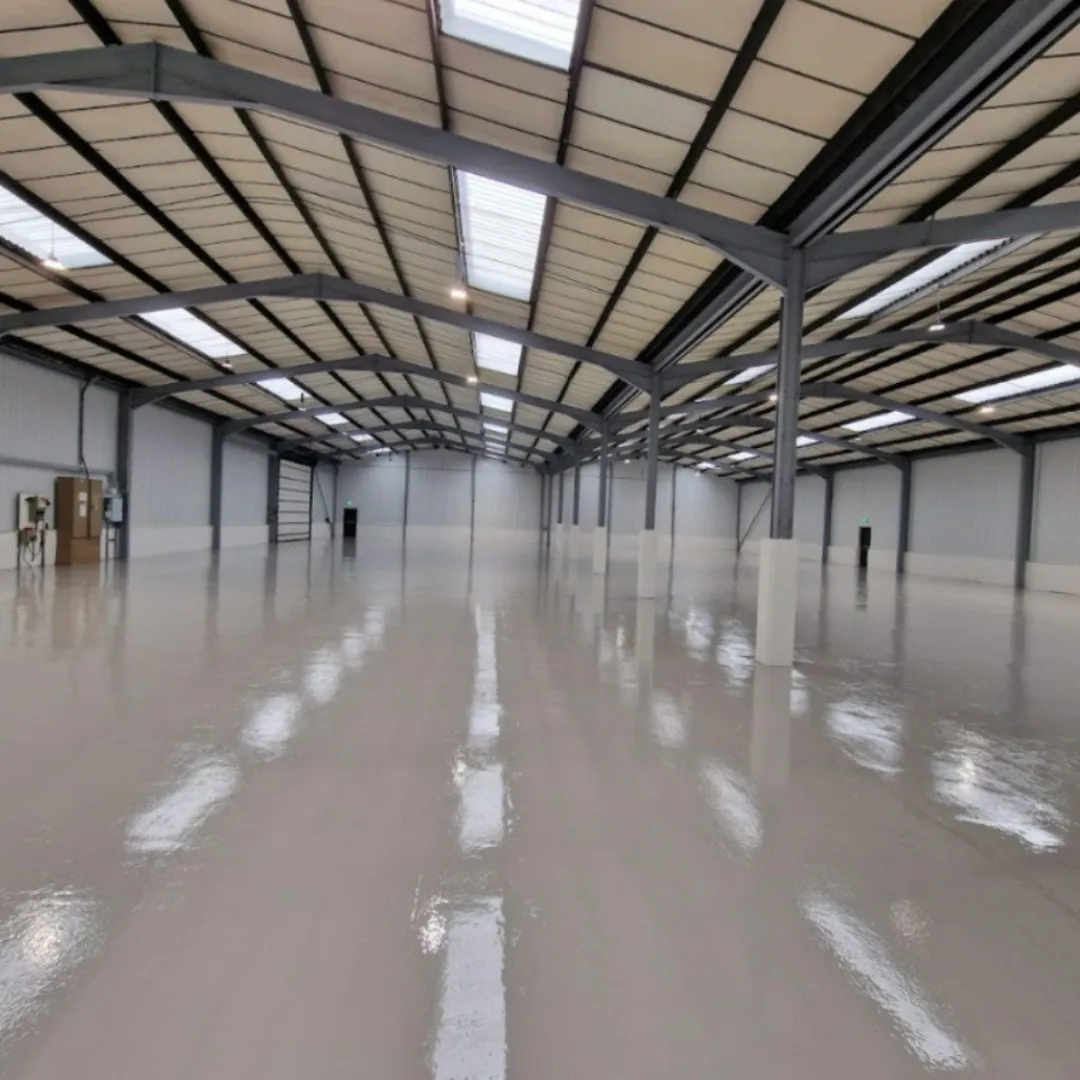
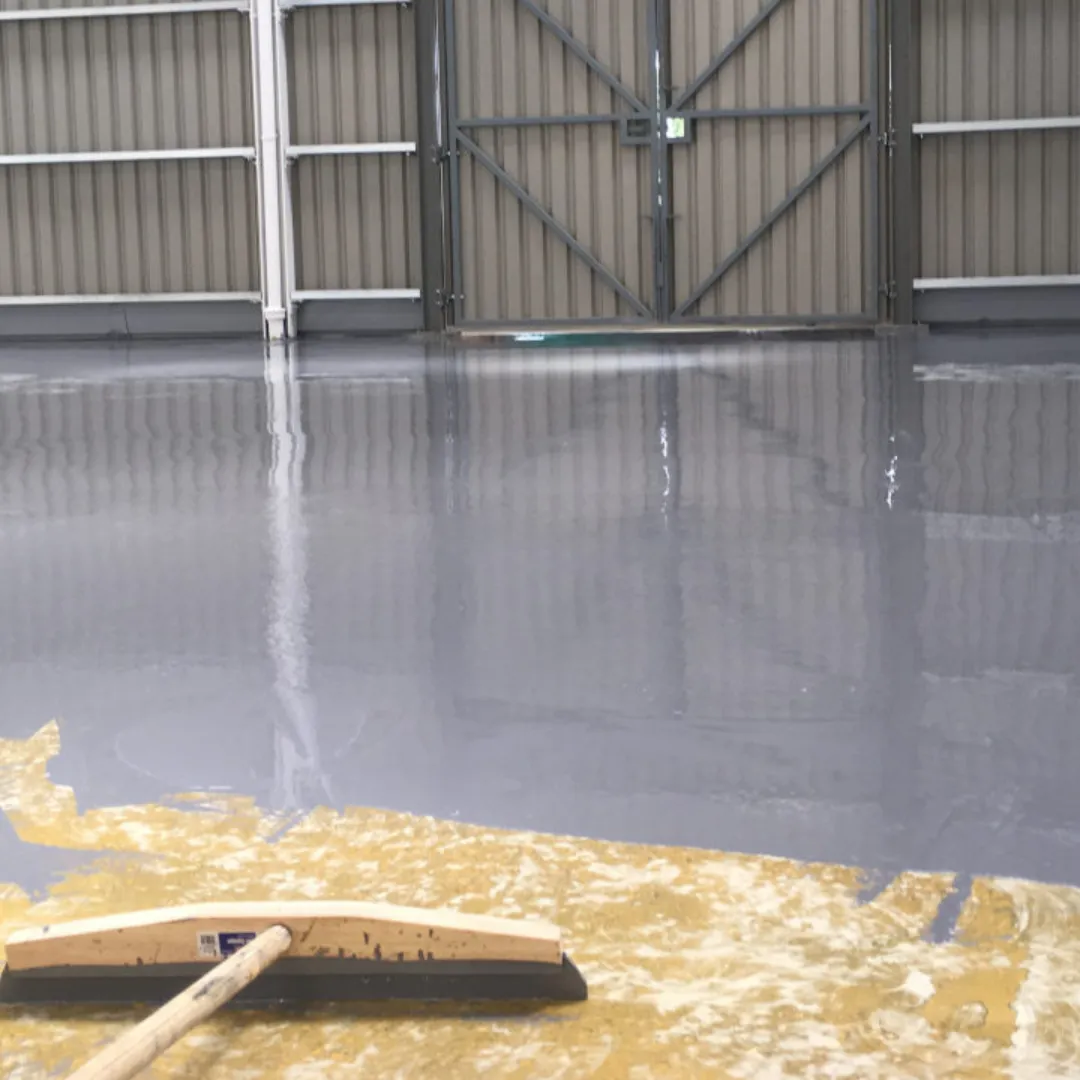
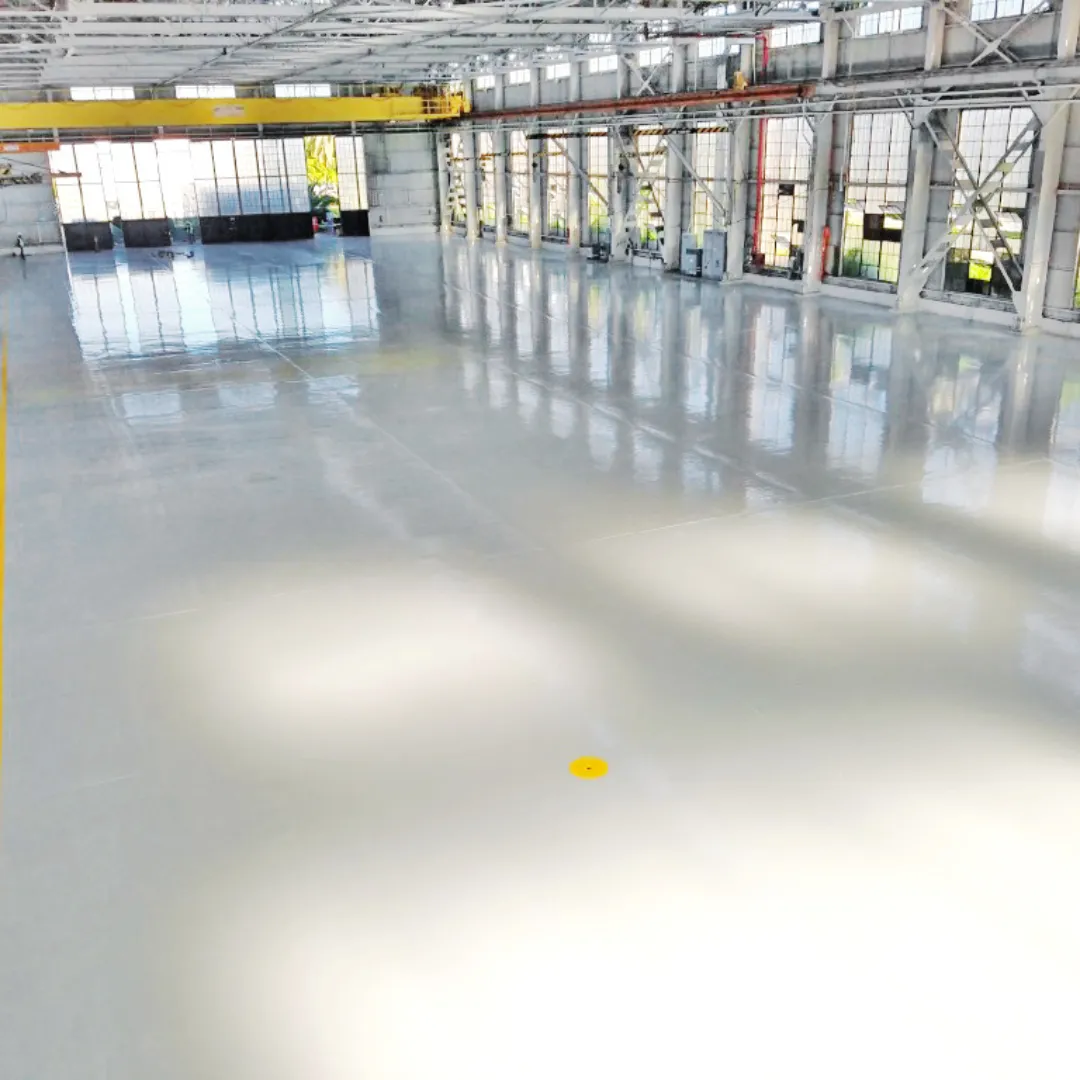
Overview
Epoxy resin applied over concrete for a seamless, durable finish. Epoxy floors are popular for their chemical and abrasion resistance.
Pros
- Seamless finish that’s easy to clean.
- Good chemical resistance and abrasion resistance.
- Can be installed relatively quickly.
Cons
- Can become slippery when wet unless anti-slip aggregate is added.
- UV exposure may cause yellowing unless UV-stable formulations are used.
- Requires a sound concrete base and correct surface prep.
Use Where
Warehouses needing chemical resistance, easy cleaning, and better aesthetics.
3. Polyurethane (PU) and Polyaspartic systems
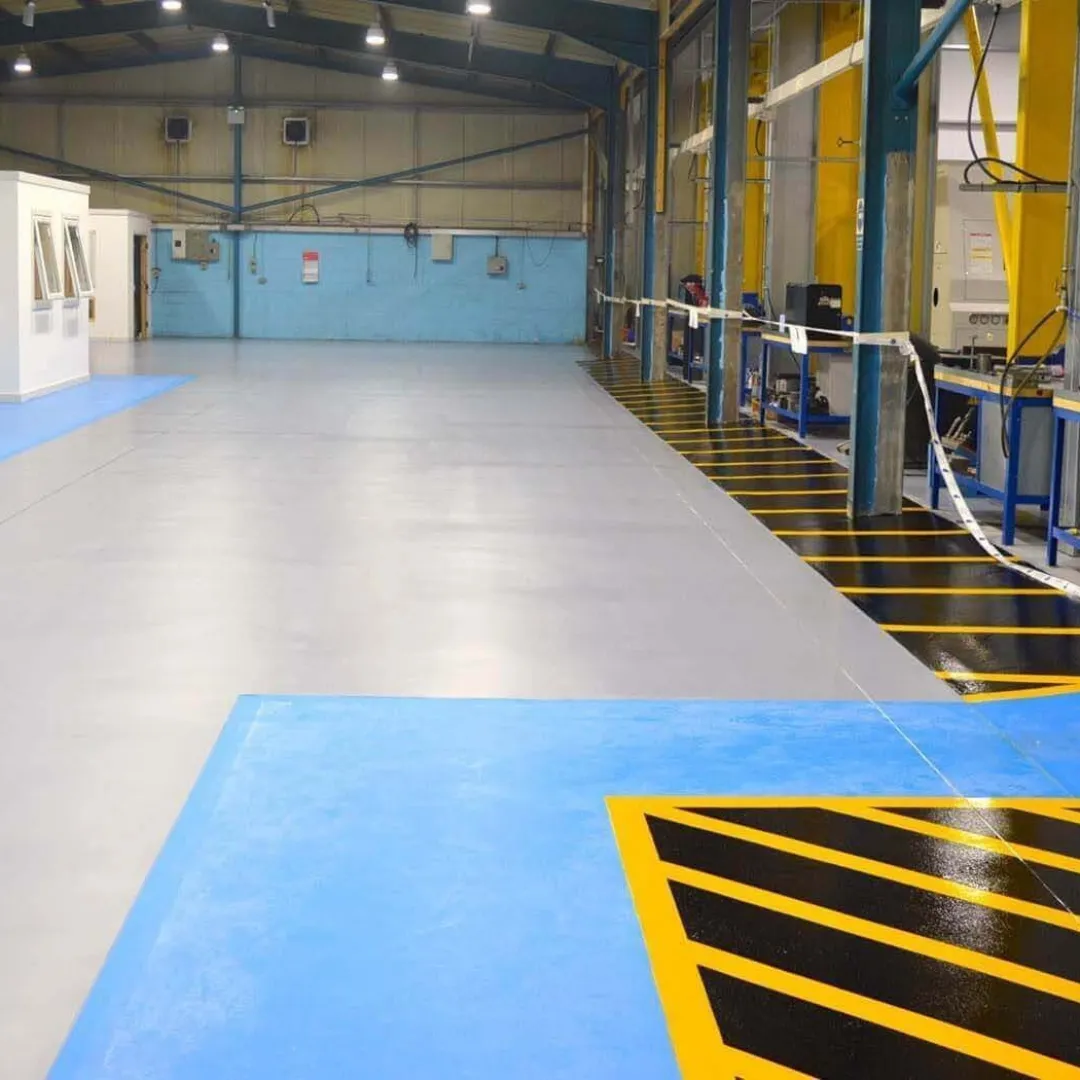
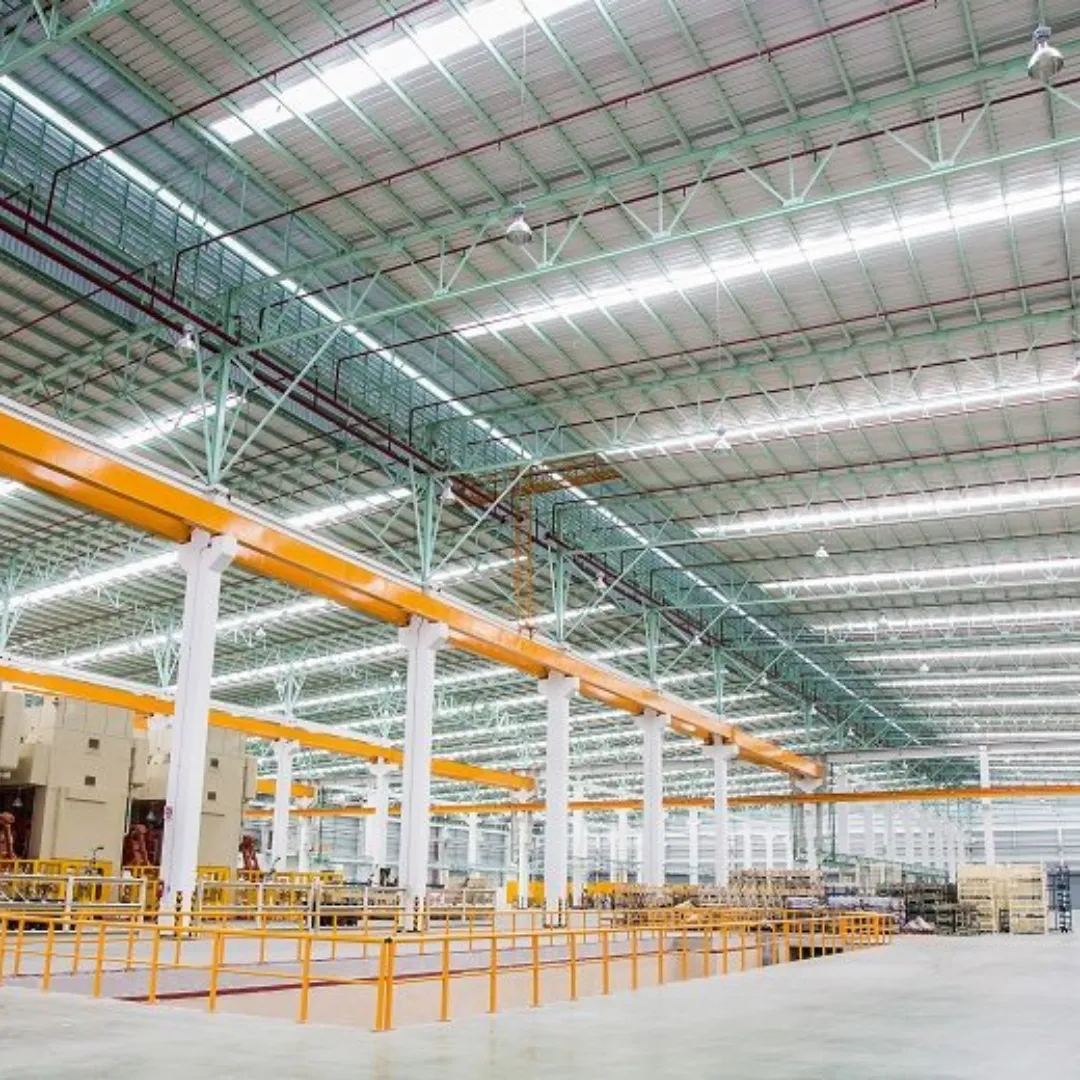
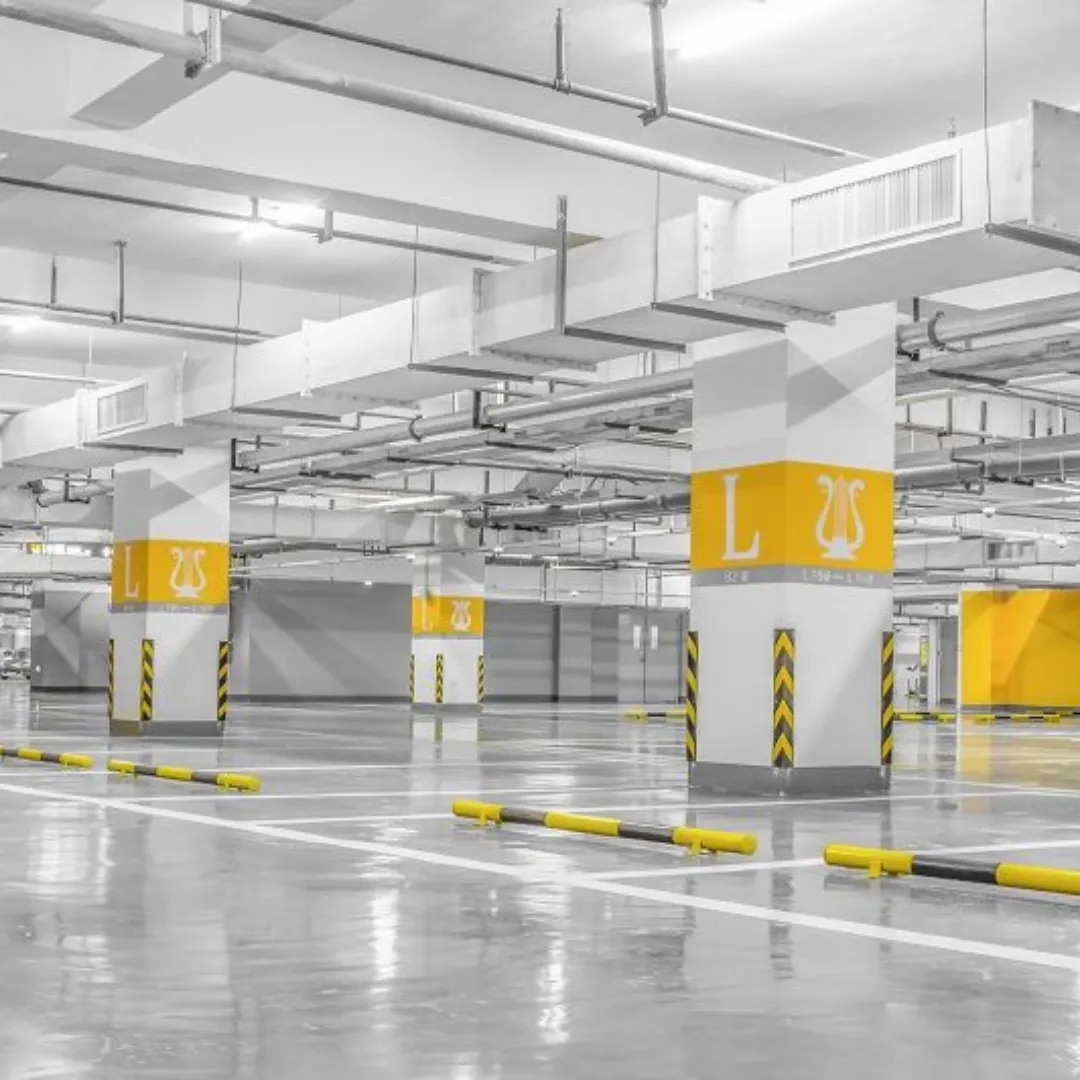
Overview
High-performance coatings with superior flexibility and UV resistance. Polyaspartic coatings cure fast and can handle temperature extremes.
Pros
- Excellent abrasion and UV resistance.
- More flexible than epoxy — resists micro-cracking.
- Rapid curing (in certain formulations), enabling faster return to service.
Cons
- Higher material cost than epoxy.
- Requires specialized installers for best results.
Use Where
Outdoors or semi-exposed warehouses, where UV stability and flexibility are key.
4. PU-bound (or resin-bound) aggregate and cementitious overlay systems

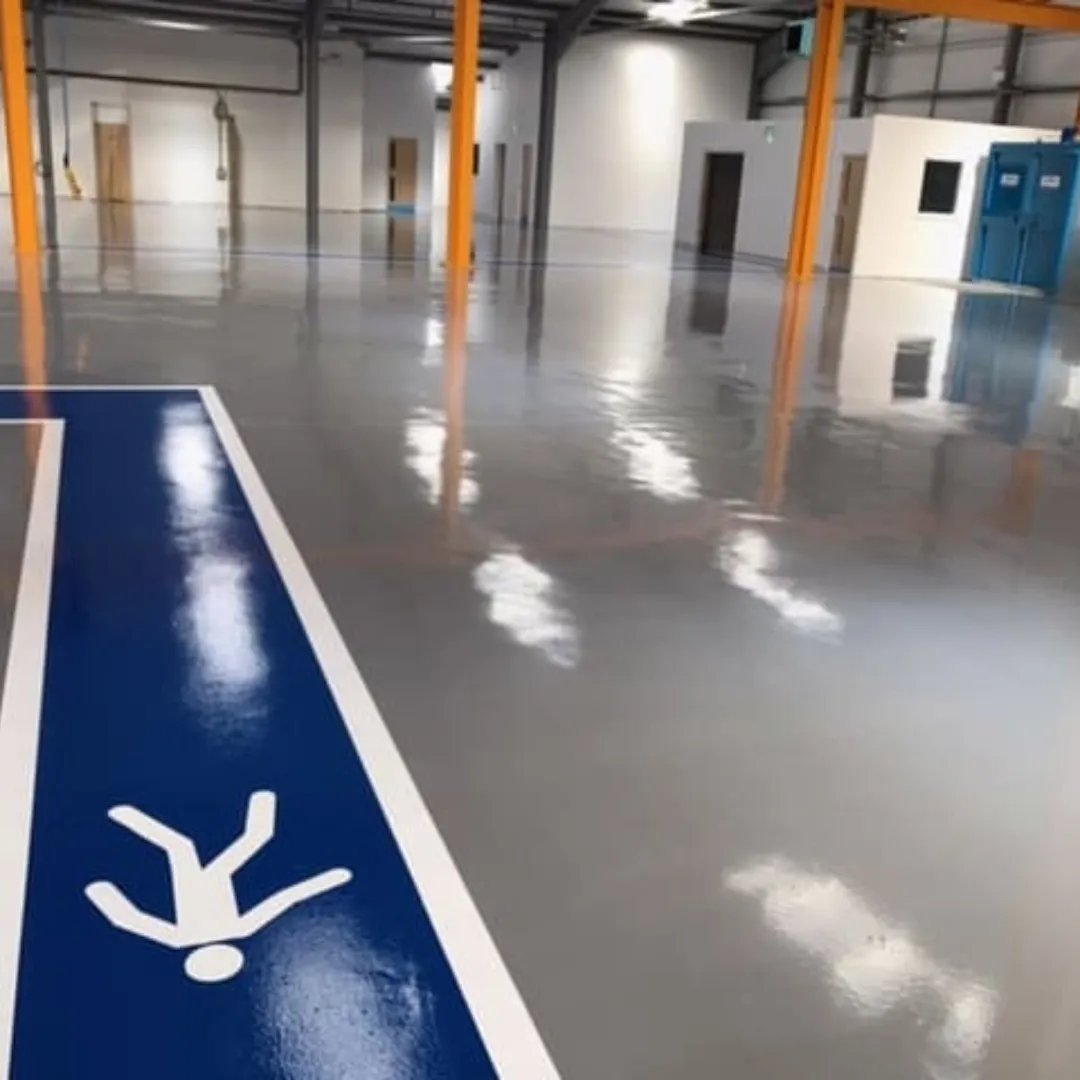
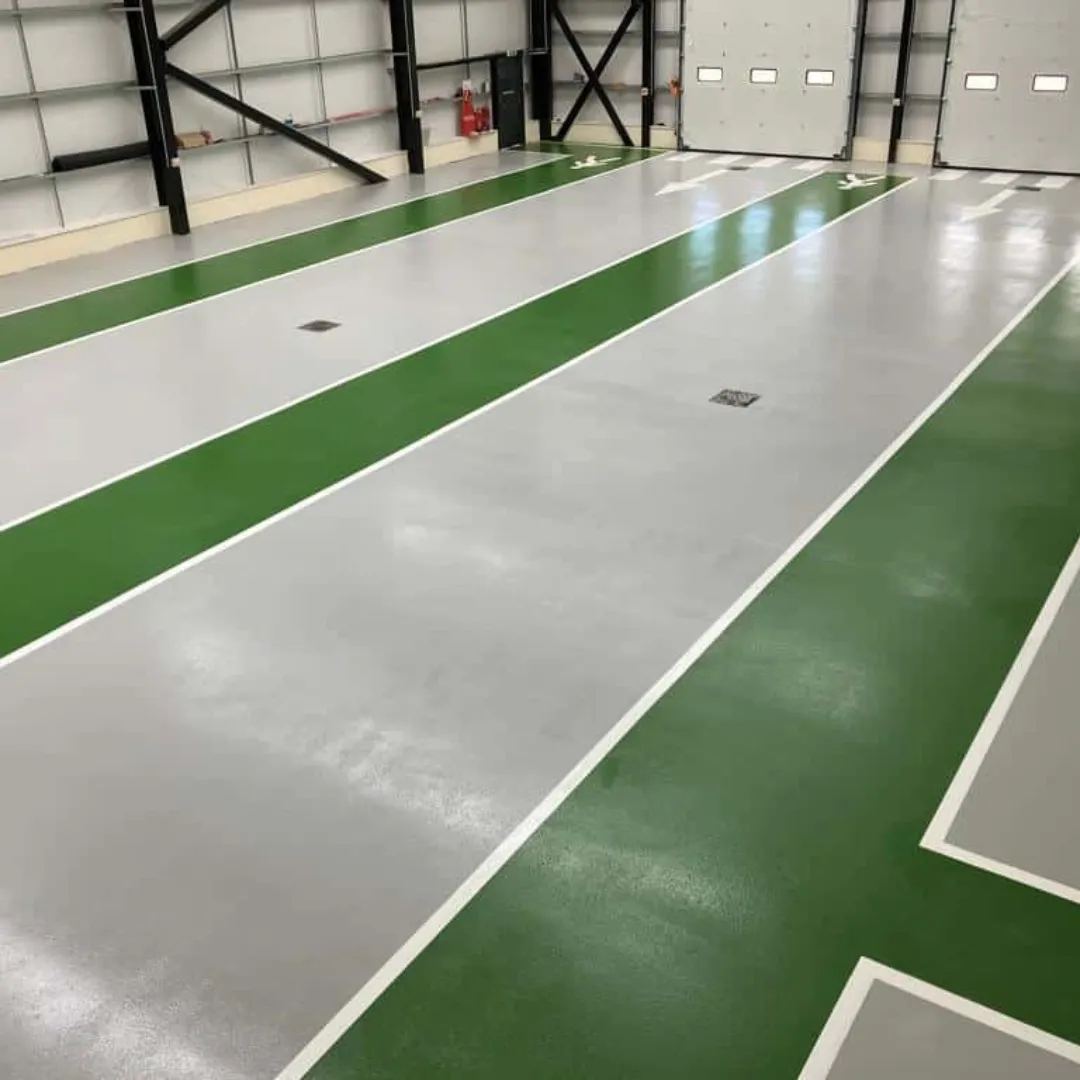
Overview
Aggregates mixed with resin or cementitious binders create a tough, textured surface.
Pros
- Excellent slip resistance and impact resistance.
- Can be tailored for heavy-duty use.
Cons
- Surface texture can be harder to clean than smooth coatings.
- Installation quality is critical.
Use Where
Loading bays, ramps, and areas with heavy foot traffic or wet operations.
5. Anti-static / Conductive Flooring
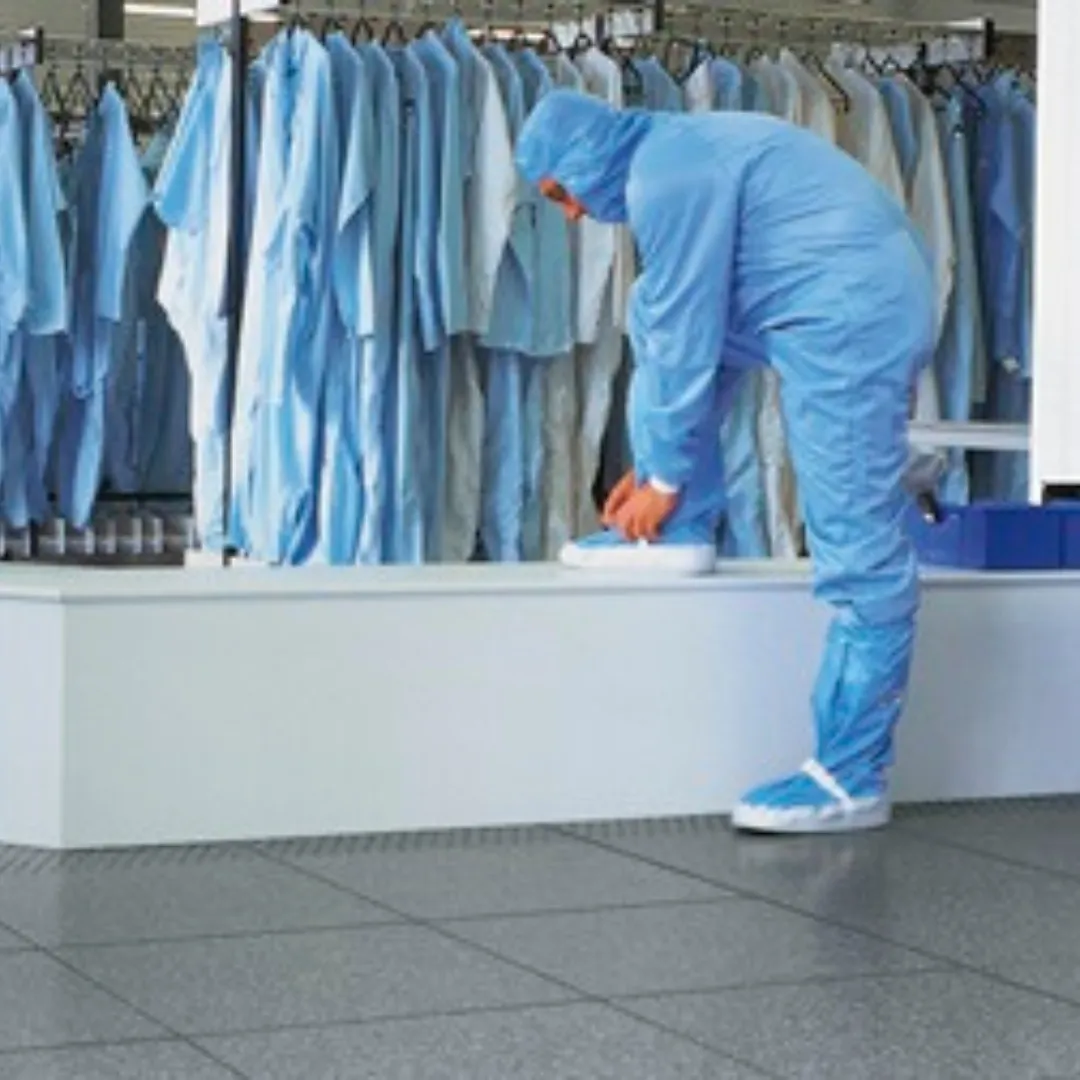
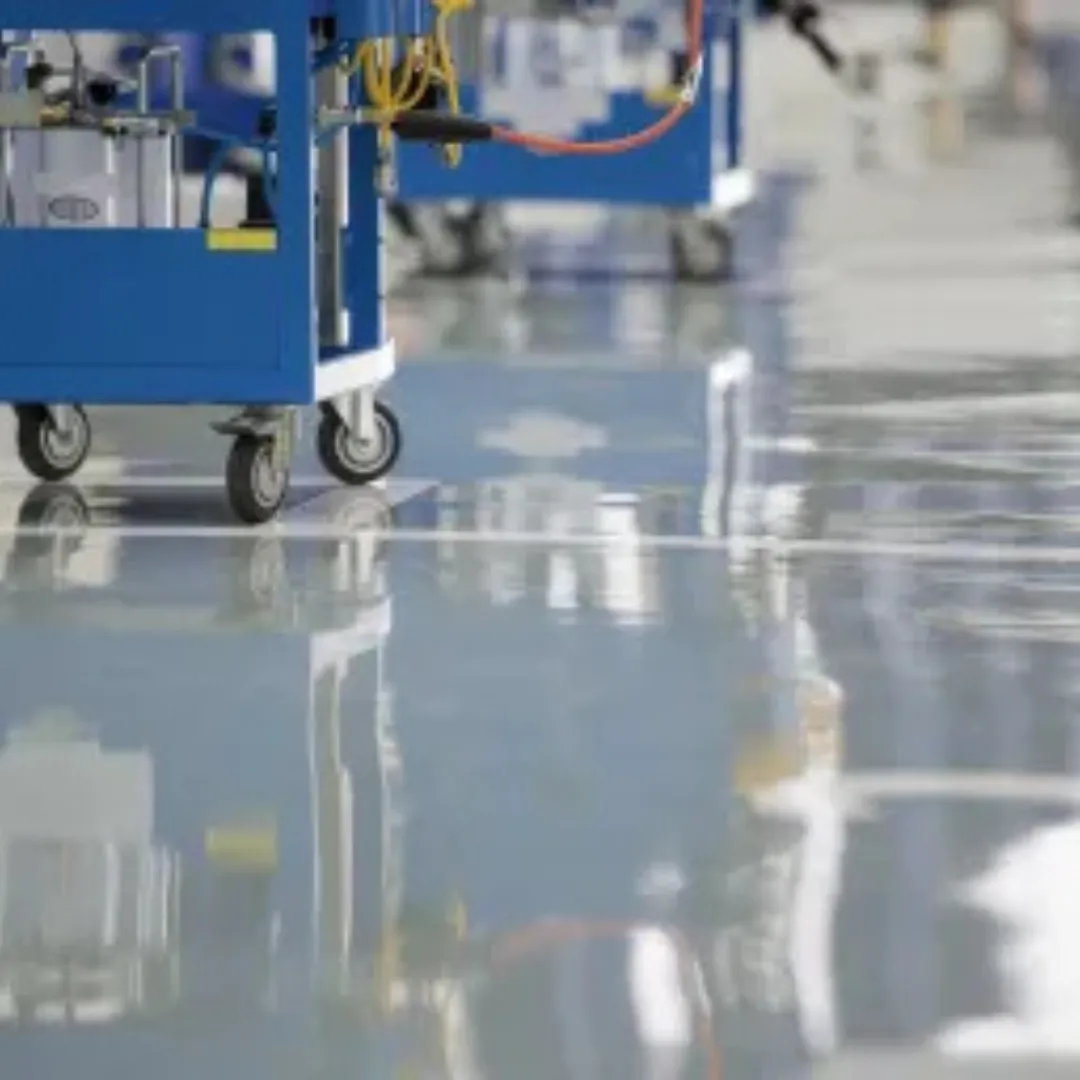
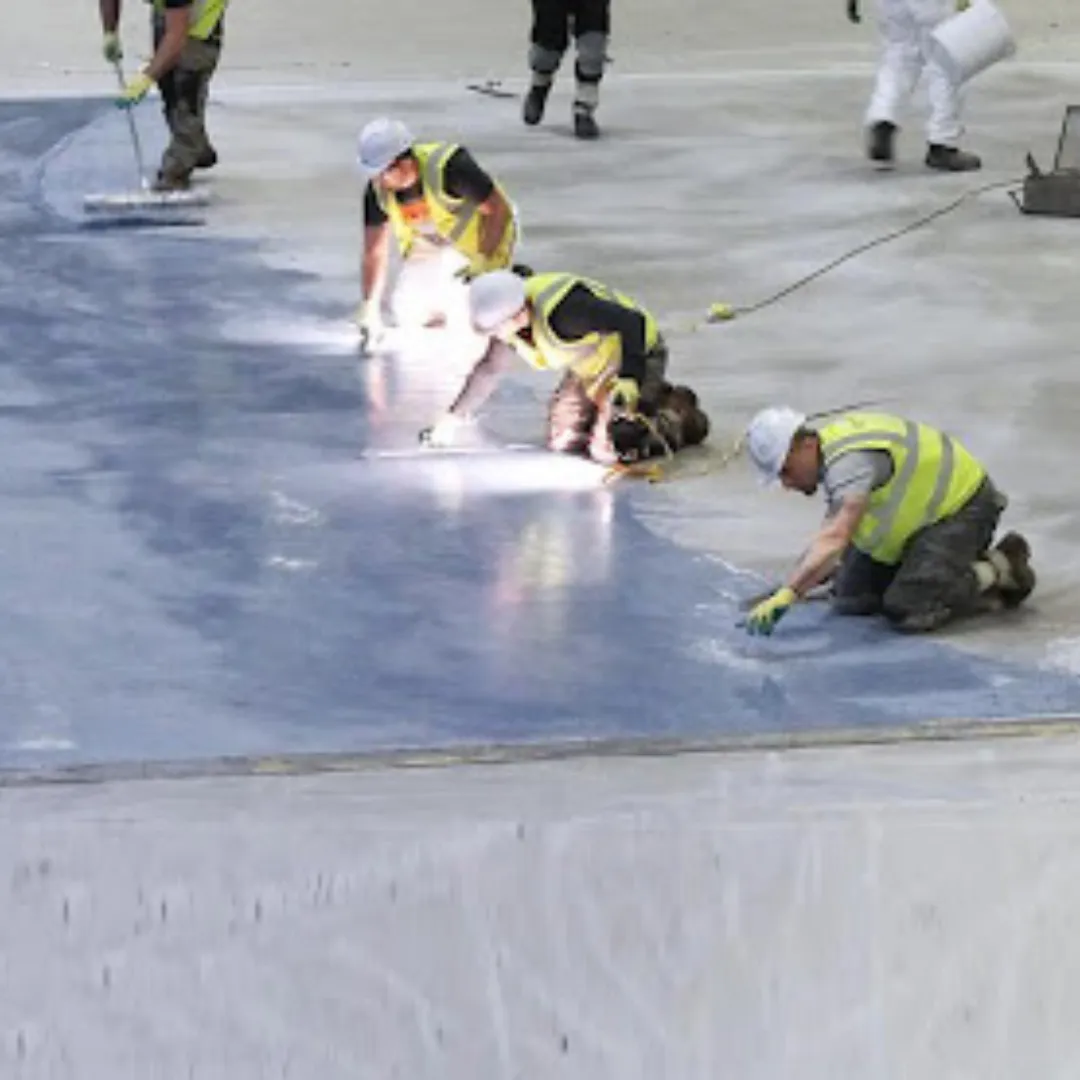
Overview
Floors designed to dissipate static electricity — essential where electronics or flammable goods are stored.
Pros
Safeguards sensitive electronics and reduces ignition risk in flammable environments.
Cons
More expensive and requires strict grounding and testing procedures.
Use Where
Electronics warehousing, battery storage, or flammable material storage.
6. Interlocking tiles and industrial vinyl
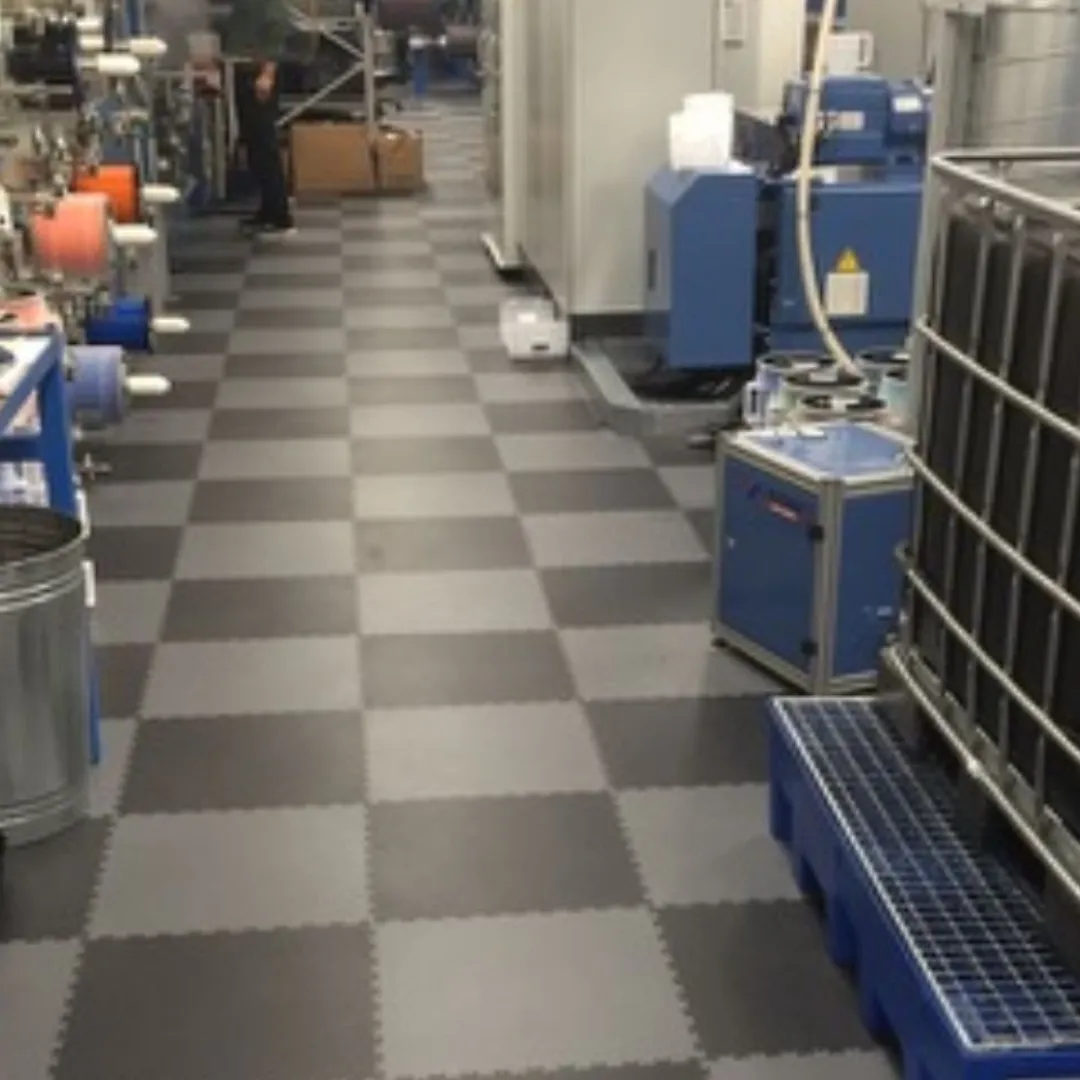
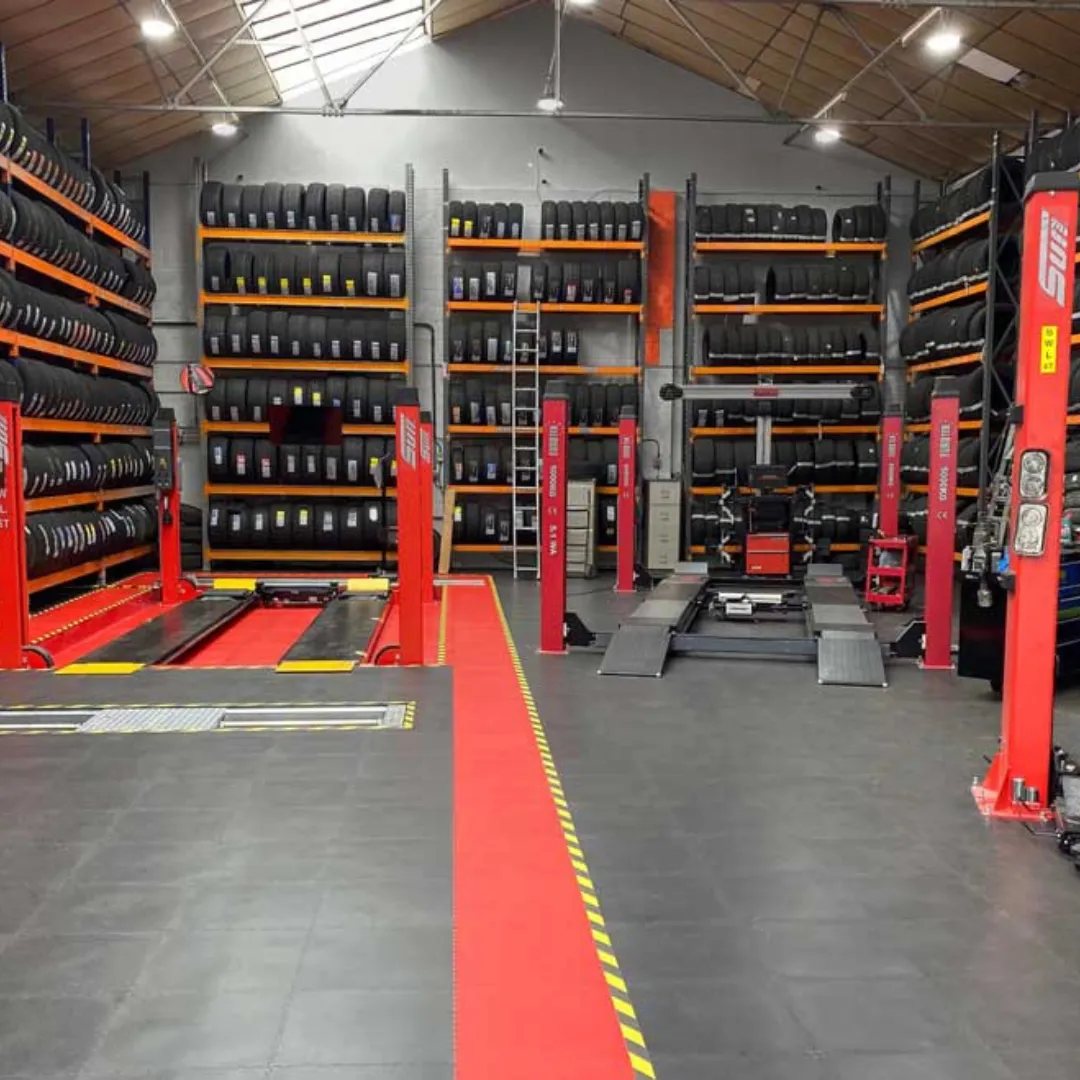
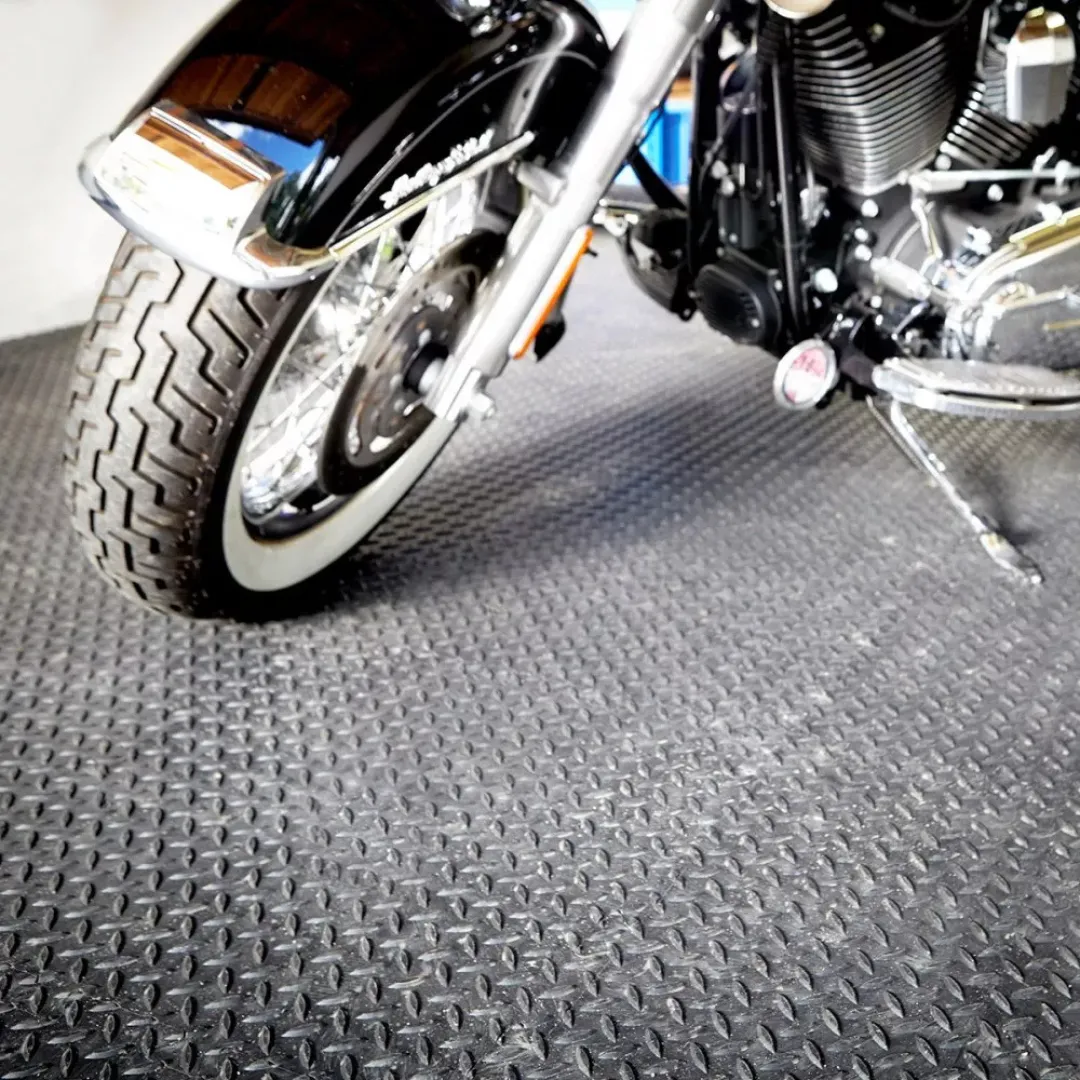
Overview
Modular tiles made from vinyl or rubber that can be installed quickly and replaced piece-by-piece.
Pros
- Fast installation and easy repairs.
- Good for smaller storage areas, offices, or packing zones.
Cons
Not suitable for the heaviest forklift traffic or extremely high point loads.
Use Where
Packing stations, break areas, or temporary storage zones.
Key factors to choose a warehouse floor in Pakistan
Selecting the right floor depends on site-specific needs. Below are the most important selection criteria.
1. Load and traffic profile
Calculate maximum static and dynamic loads: pallet racking loads, concentrated loads from forklift wheels, and traffic frequency. Heavy-duty warehouses with very high racking density often require thicker concrete slabs and industrial toppings.
2. Forklift and equipment type
Electric vs. internal combustion forklifts, reach trucks, pallet jacks: wheel type and load concentration matter. Narrow-aisle automated storage requires precise floor flatness and tolerance ratings (e.g., F-number or similar standards).
3. Chemical exposure and cleaning regimen
If your warehouse stores chemicals or requires aggressive cleaning (e.g., detergents, hot pressure washing), prioritize chemical-resistant coatings like epoxy or PU.
4. Environmental conditions (Pakistan-specific)
- Heat: Many regions of Pakistan experience high temperatures. Choose UV-stable and heat-resistant materials to avoid softening or yellowing.
- Dust: High dust can accelerate surface abrasion; sealed or coated floors help.
- Humidity & coastal salt air: Coastal warehouses (Karachi, Gwadar) need corrosion-resistant treatments and moisture-tolerant systems.
- Seasonal rainfall and water ingress: Ensure subgrade drainage and moisture mitigation, especially in basements or poorly drained sites.
5. Flatness and levelness (FF/FL)
Modern warehouses require precise floor flatness/levelness to support automated guided vehicles (AGVs), reach trucks, and high racking. Discuss FF/FL tolerances with your contractor during design.
6. Hygiene & cleanability
Cold storage, food warehousing, pharmaceutical storage require hygienic, seamless floors with fewer joints and easy-clean finishes.
7. Fire & safety regulations
Use flame-retardant or fire-tested materials where required. Provide anti-slip finishes in ramps and loading bays.
8. Budget & life-cycle cost
Initial cost is one factor — also consider lifecycle costs: maintenance, downtime for repairs, and replacement frequency. A higher-cost system that lasts longer and reduces downtime often makes better financial sense.
Maintenance and Repair Strategies
A planned maintenance program increases longevity and reduces long-term expense. Here’s a practical maintenance checklist:
Daily/weekly
- Sweep or vacuum loose debris to prevent abrasion.
- Spot mop spills immediately to prevent staining and chemical damage.
Monthly
- Wet-mop or auto-scrub with recommended cleaners.
- Inspect for cracks, delamination, or debonding.
Annually
- Perform a detailed inspection and fill minor cracks.
- Reapply protective sealers or top coats where we
